The police and the community. The former protects and serves the latter, whom they are very much a part of. You would assume that the two work together in harmony to keep our society safe and secure, but a dividing gap is being drawn between the two. From peaceful protests to violent riots, the crumbling relationship, spawned by police related deaths, are detrimental to the stable environment we wish to uphold.
If violence got us into this predicament, it isn’t going to get us out. Both officers and civilians want to mend this divide, and all it takes is communication. However, the general community is making the fatal error of thinking the police alone are responsible for fixing the bond; that the apology must come from them. This type of behavior only makes the police feel further distrusted despite their hard work to keep us safe, isolating them further. The healing needs to be a cooperative effort with communication from both the people and the police.
There are cases where criminal or prejudicial activity is found within certain individuals who willingly break the code they are sworn by. Sometimes police-related deaths can prove to be wrongful, but from these select tragedies we’ve established a connotation amongst all law enforcers.
Not everyone who wears the badge is racist or brutal, but we have allowed these stereotypes to obscure our understanding. These men and women care for their society and enlist their lives to keep the community they belong to protected from corruption. Yet, when they see commercials or skits of these stereotypes, it seems as though their work is met with no respect and done in vain. The occasional joke is one thing, but the media has the power to glorify these misconceptions before a wide audience, and when repeated enough, it can contort our perception.
If we want to end this unhealthy tension we need to discard these stereotypes, otherwise we begin to believe them as fact and refuse to cooperate when asked to. This has the potential to force a stronger restraint from the officer, which may be deemed as police brutality via social media.
It’s a caustic spiral that needs to be stopped. Keep in mind that this treatment has an effect on the police officers as well. They feel disliked by many, and with this increased amount of tension comes the greater likelihood of hostility.
It can go without saying that violence is never the answer, and the tragic murder of five police officers that occurred in Dallas, Texas on July 19, 2016 is an example of the dangerous potential that has arisen. These are men and women with loved ones that put their lives in front of others to protect not only family, but everyone that inhabits their community.
They’re human, they experience stress, and when they feel that in the sea of mistrust there could be malicious intent, their insecurity is shielded with their arsenal. This is what causes police-related shootings of a non-prejudiced nature. Fear makes them act on impulse, and when there is the slightest sign someone may be violent, their defensive responses react faster in fear for their life.
A key part of reducing police brutality is to create a more stable environment to work in, especially considering the already hazardous conditions they are trained to deal with. Adding more stress to a job already filled with fraught conditions is destructive to the relationship between police and the community.
If we wish to end this period of unnecessary hostility the community and law enforcement must cooperate, the definition of which is to “act jointly; work toward the same end.” This can’t be a one-sided effort from police, society must admit to their mistakes as well and create an agreeable environment to work out problems.
When someone is killed in a police shooting, news outlets should wait until guilt has been lawfully administered before calling the deceased a “victim.” When an officer does act disgracefully, a civil conversation should emerge, not destructive riots such as what occurred in Ferguson. Why do you think they were met with armored riot police? That’s what the situation called for. Every action has a reaction, and if we want communication for a peaceful outcome we must show that we are capable of creating this safe environment. We must cooperate.
Police aren’t armed, ambiguous sentinels that should be distanced as a deadly forces, they are humans like you and I that want to keep all of us safe. They have emotions and feel empathy just as much as they do anger and fear. If we expect the police to work with us, we must work with them.
Illustration Credit: Jessie Snyder / The Foothill Dragon Press


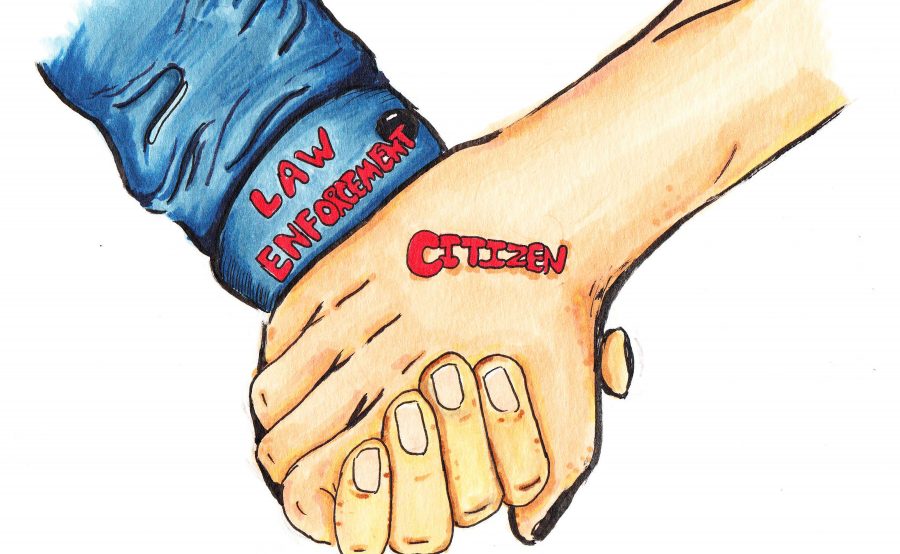
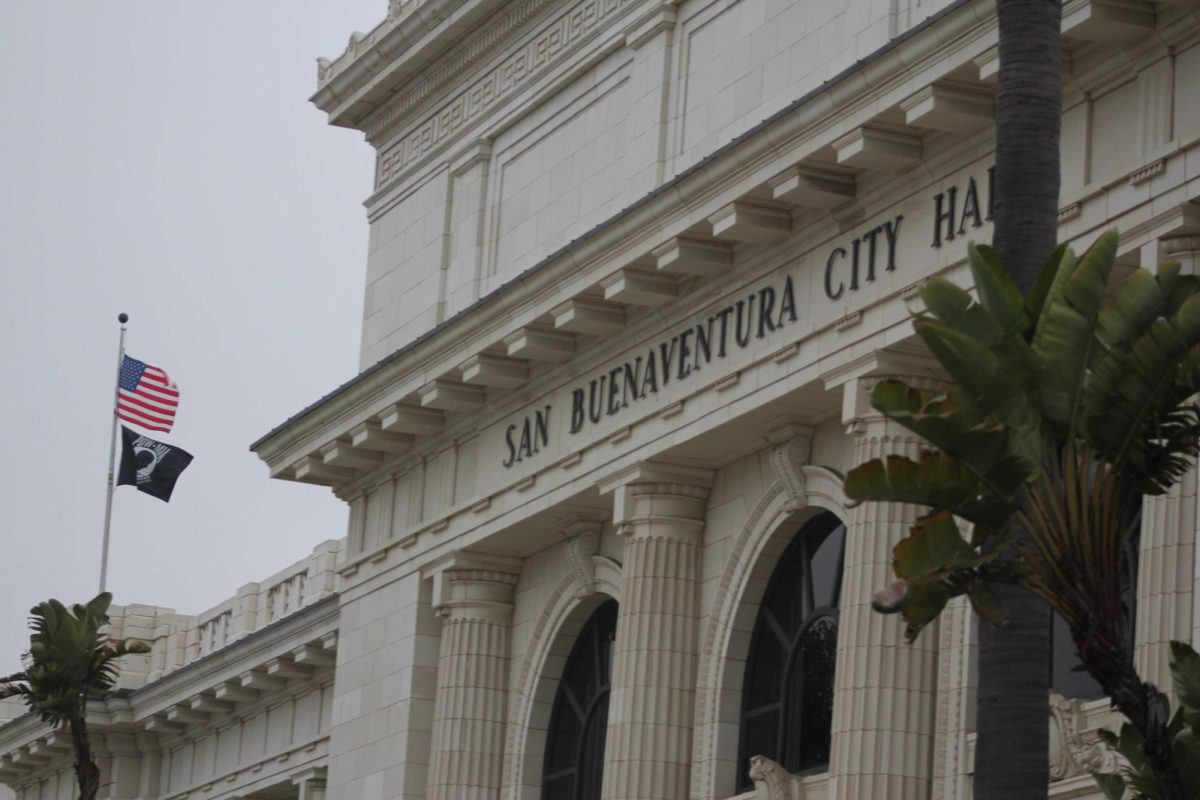
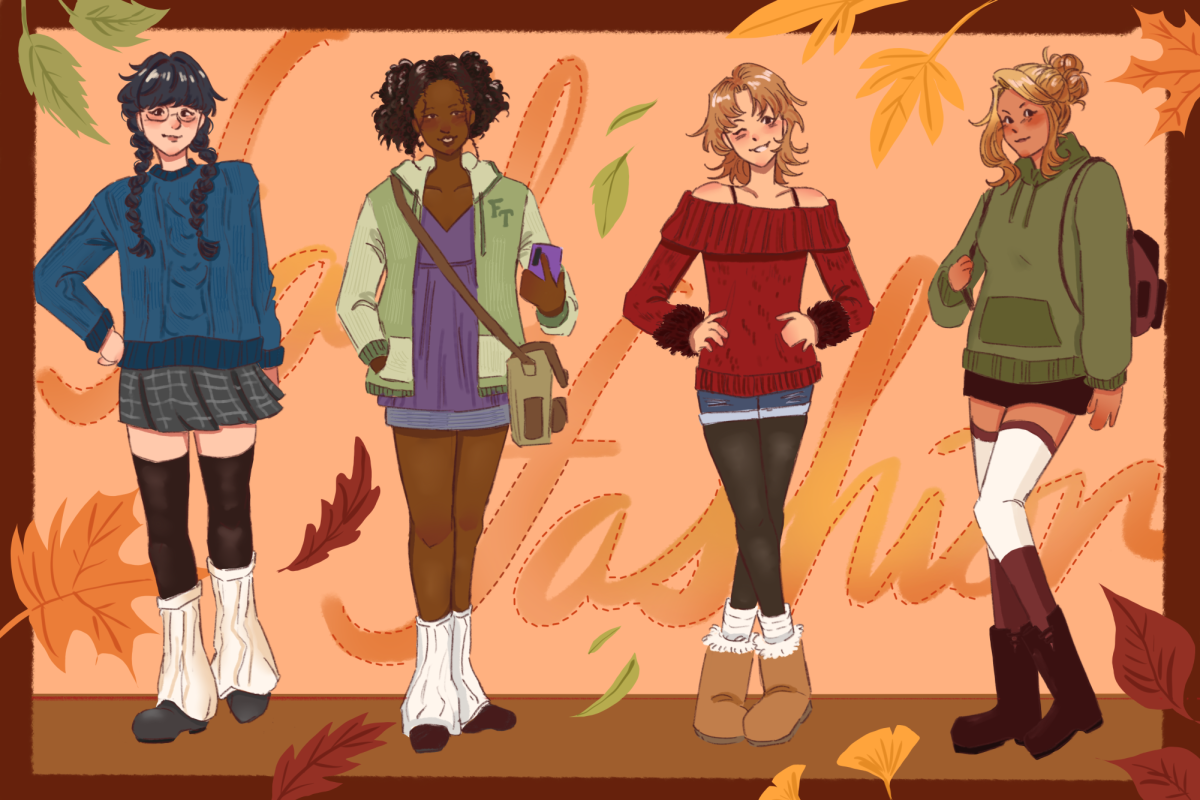
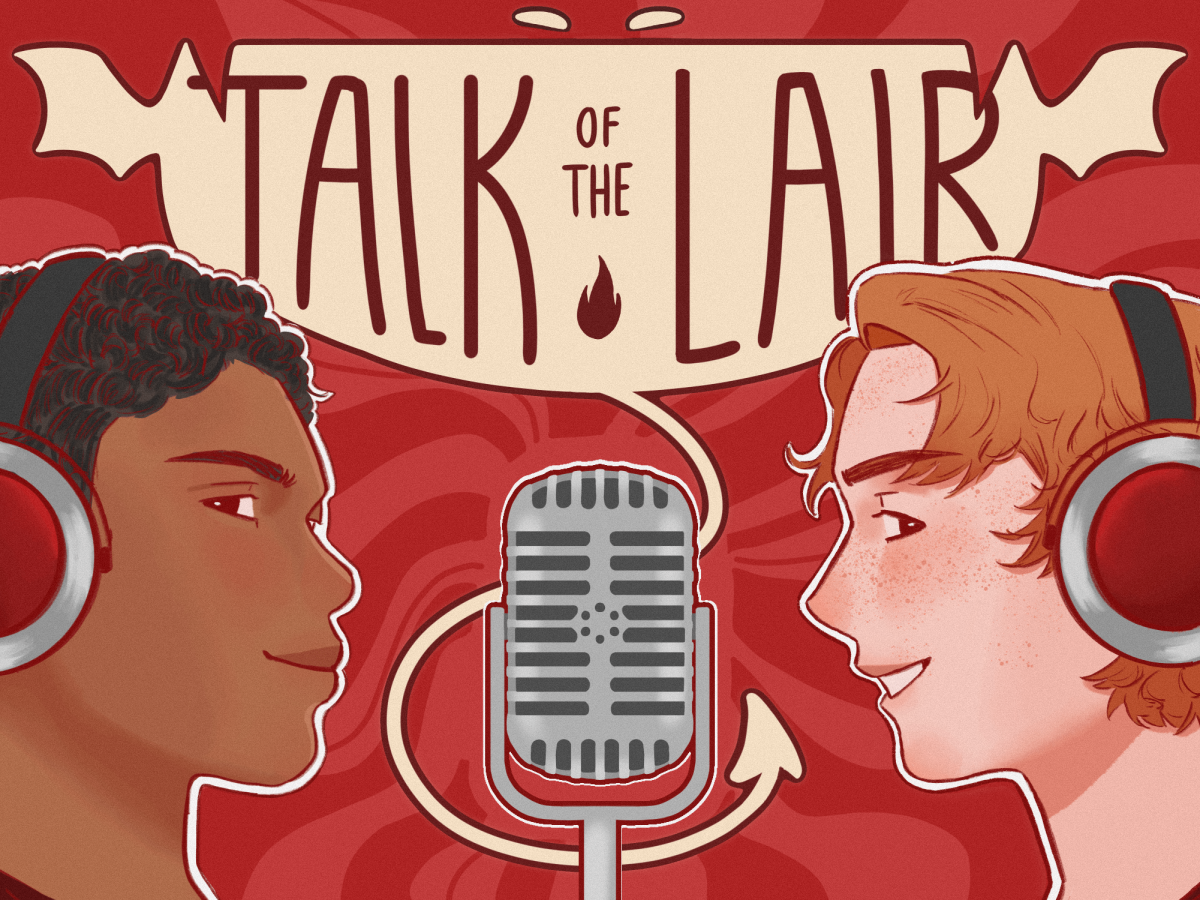



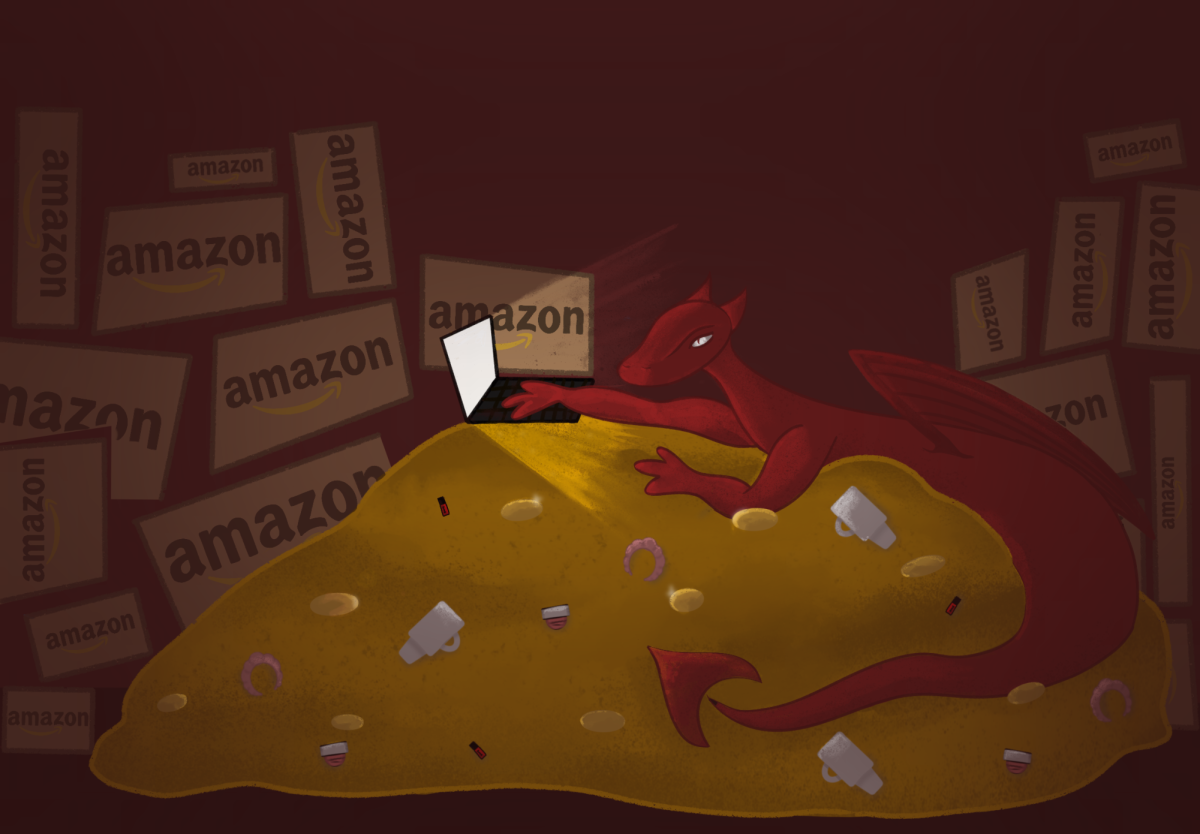


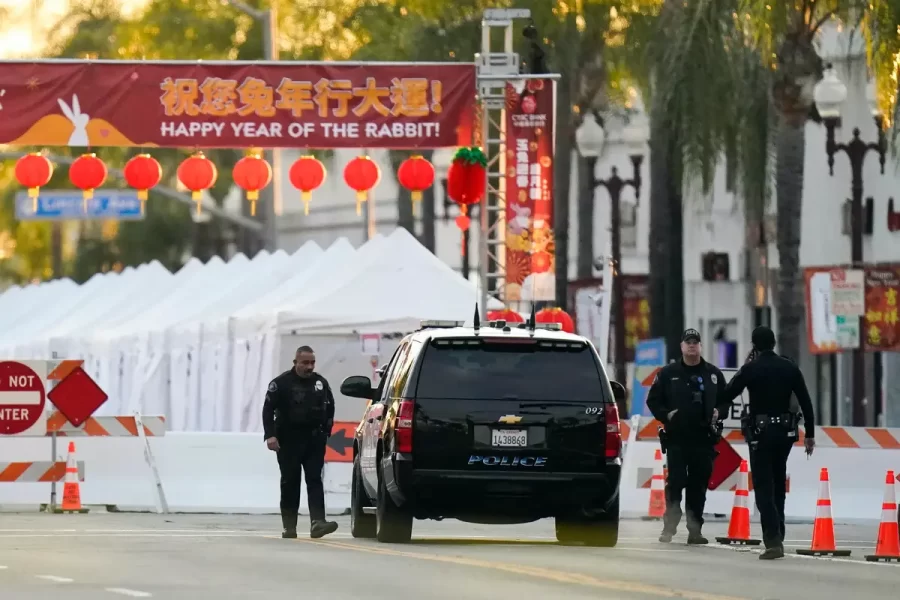
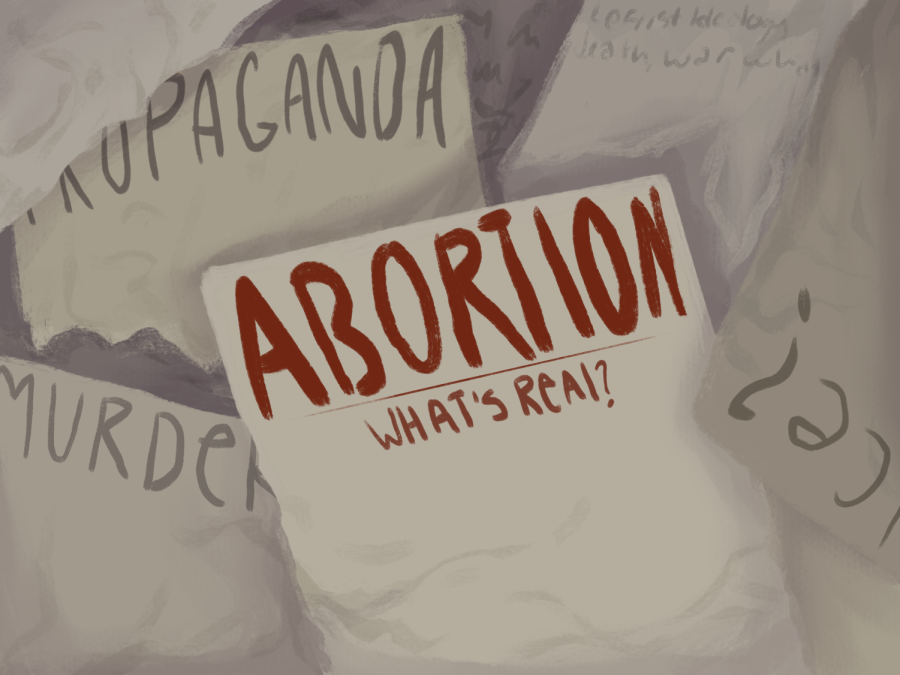
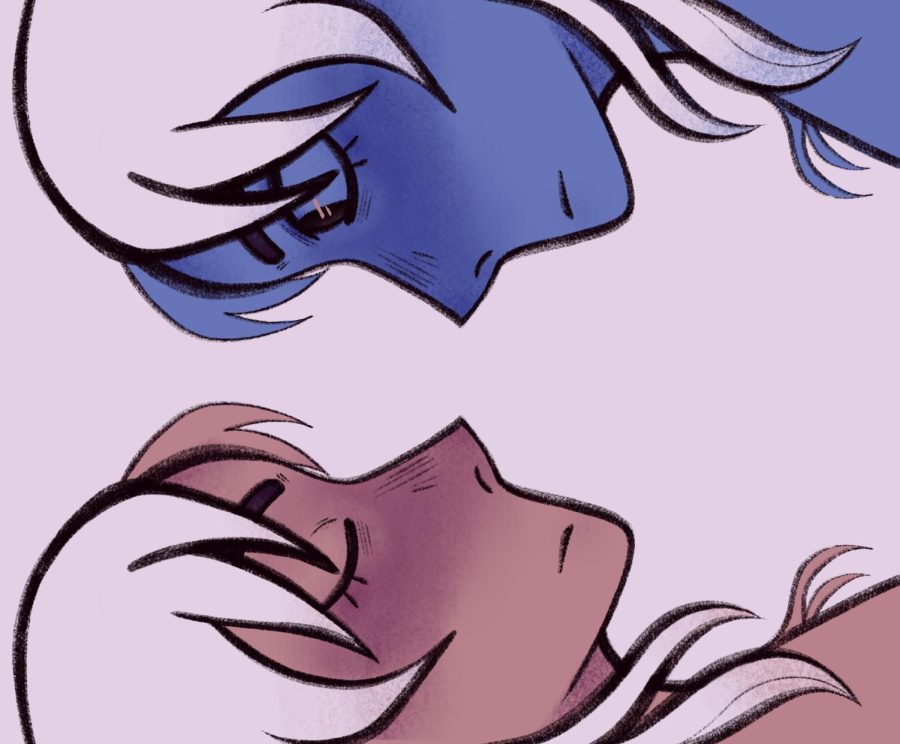

Keaton Dadigan • Sep 2, 2016 at 7:38 am
Great article William! Keep up the good work!!